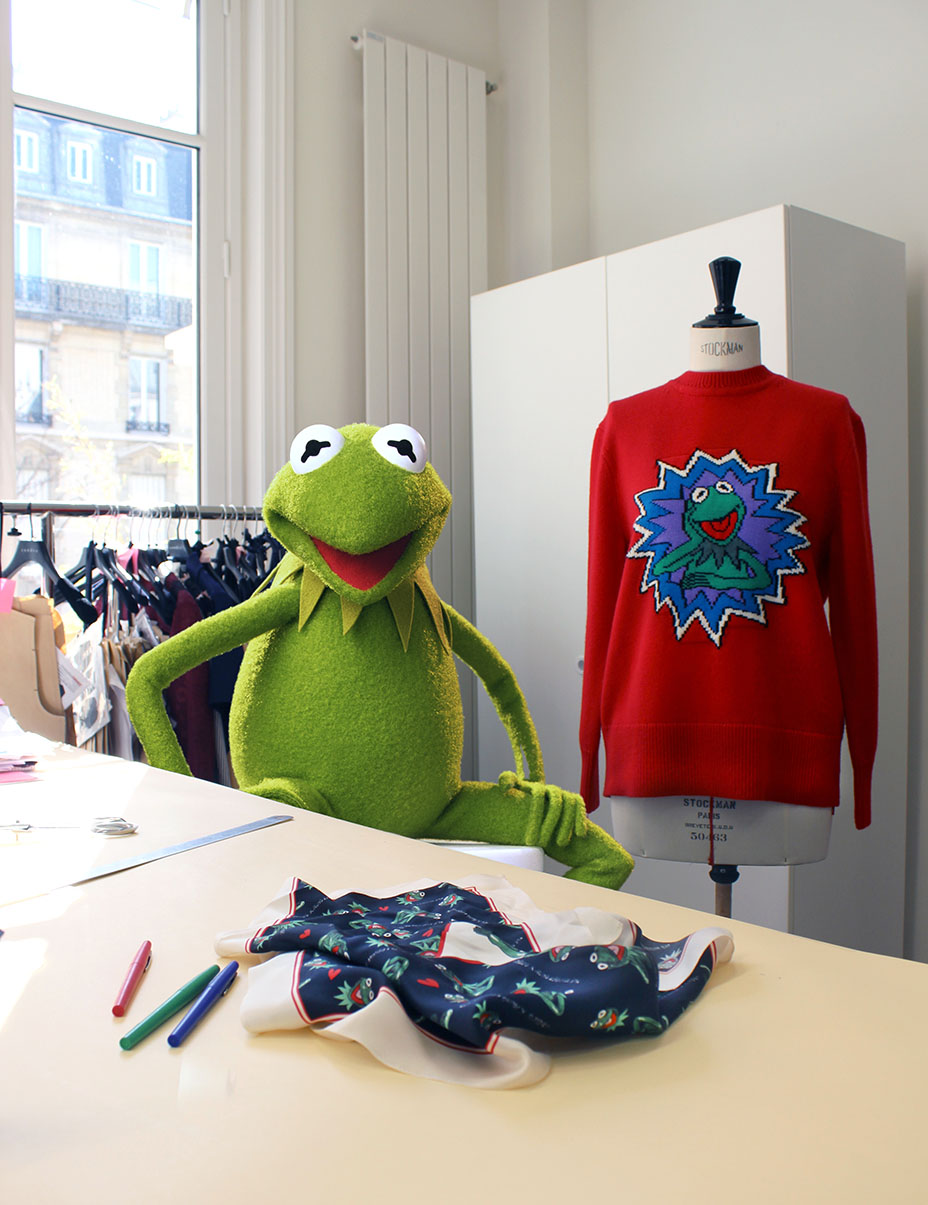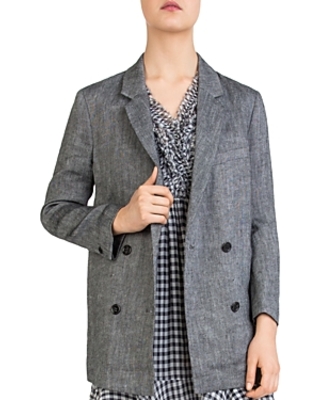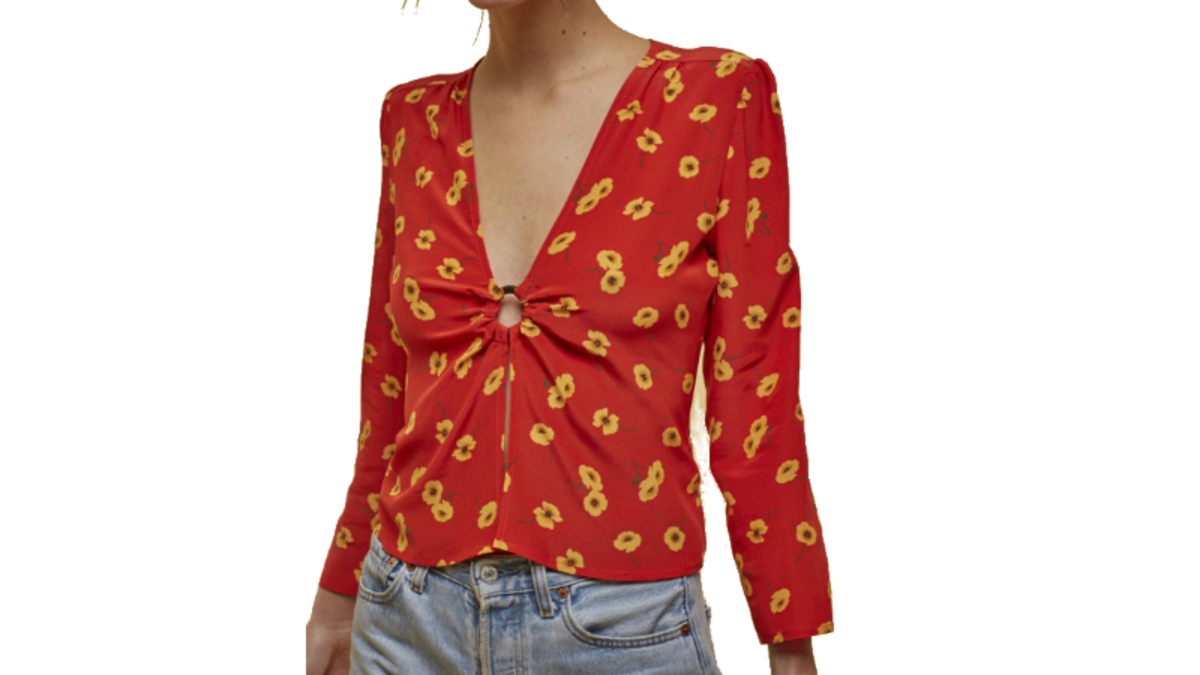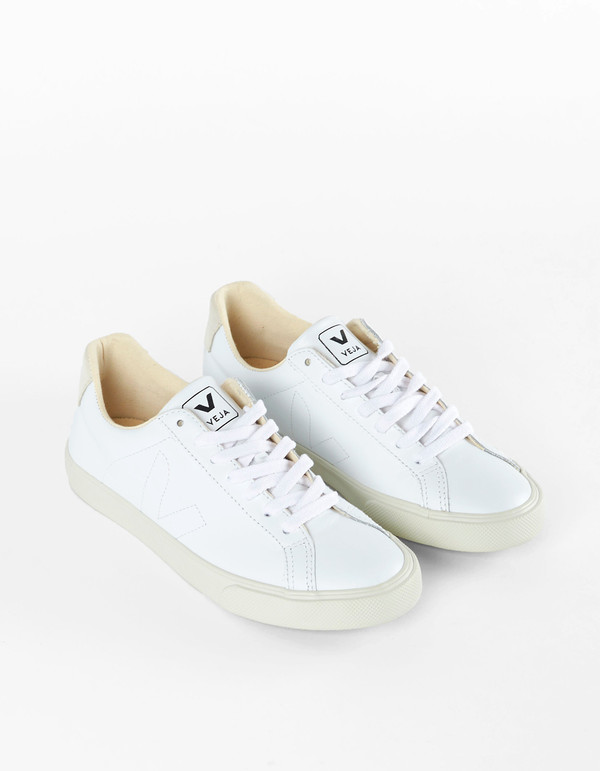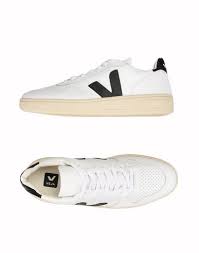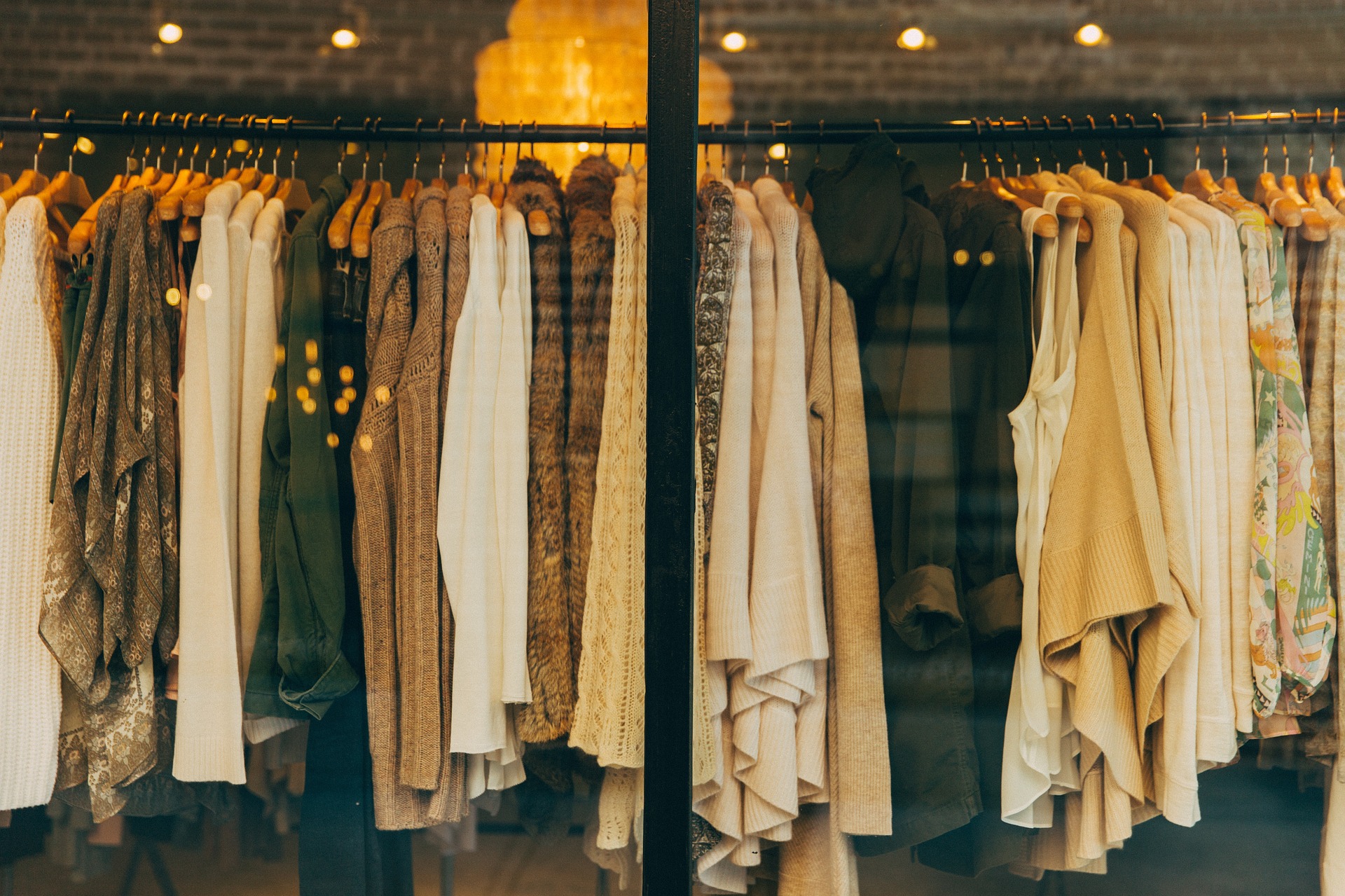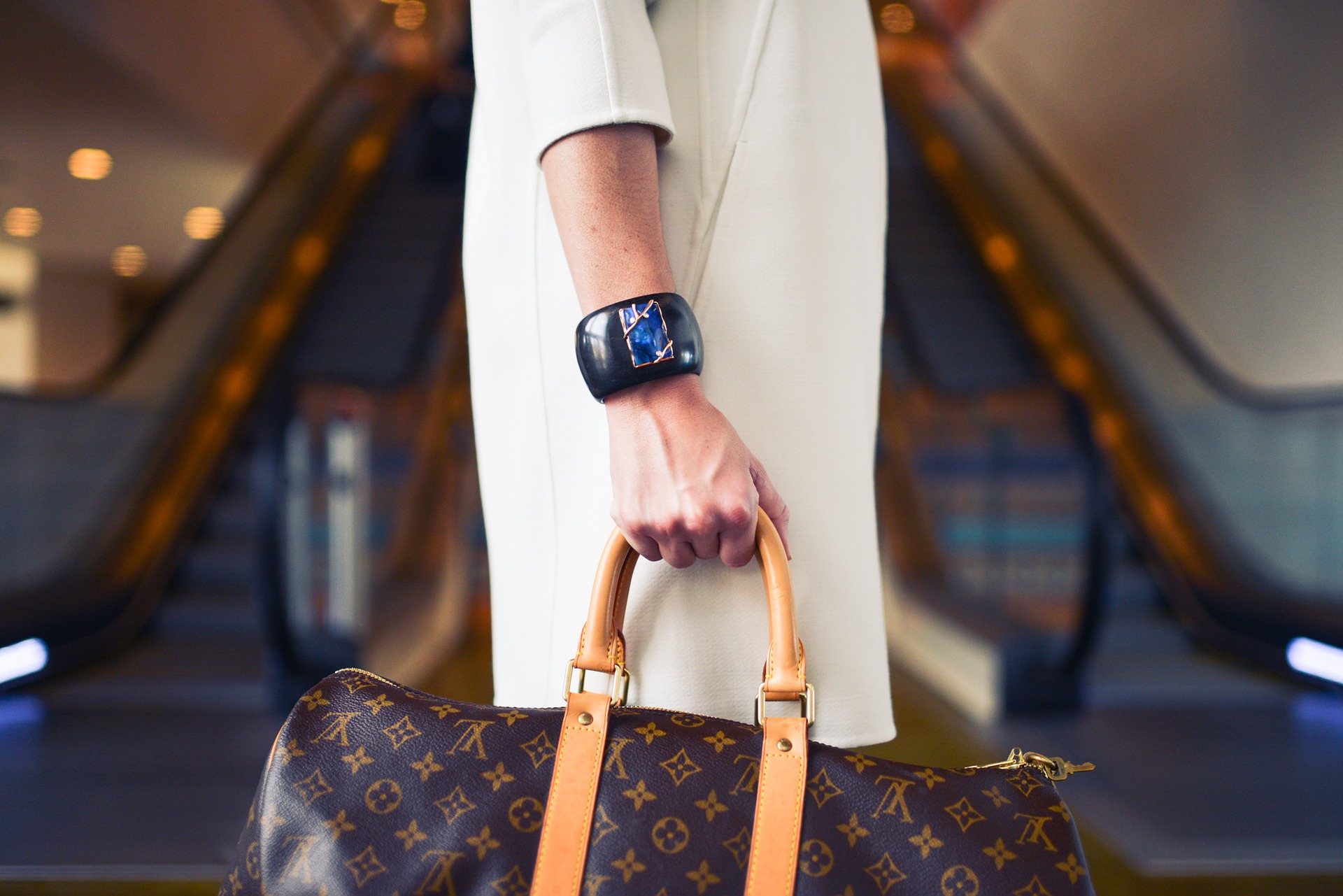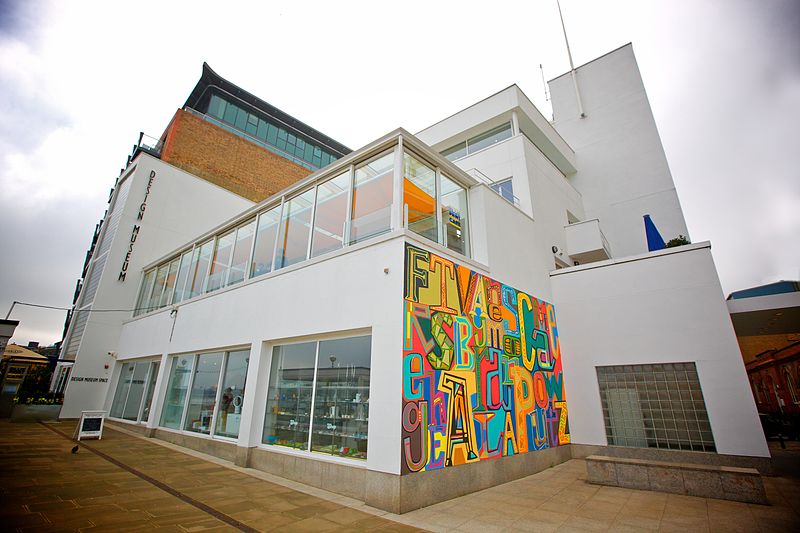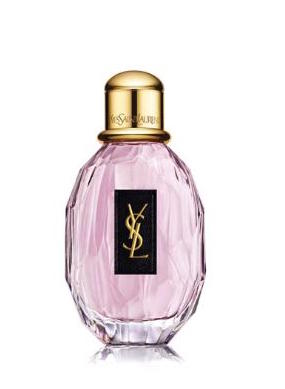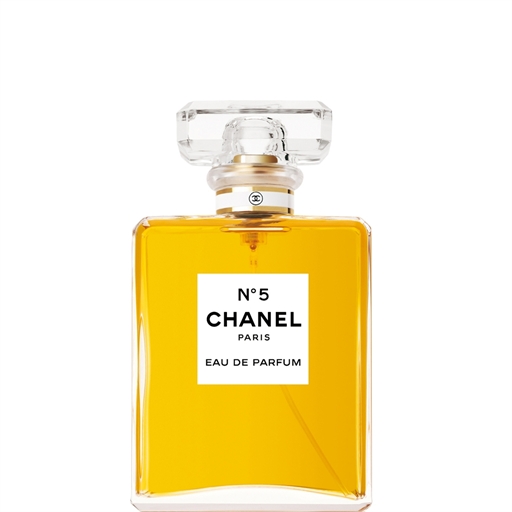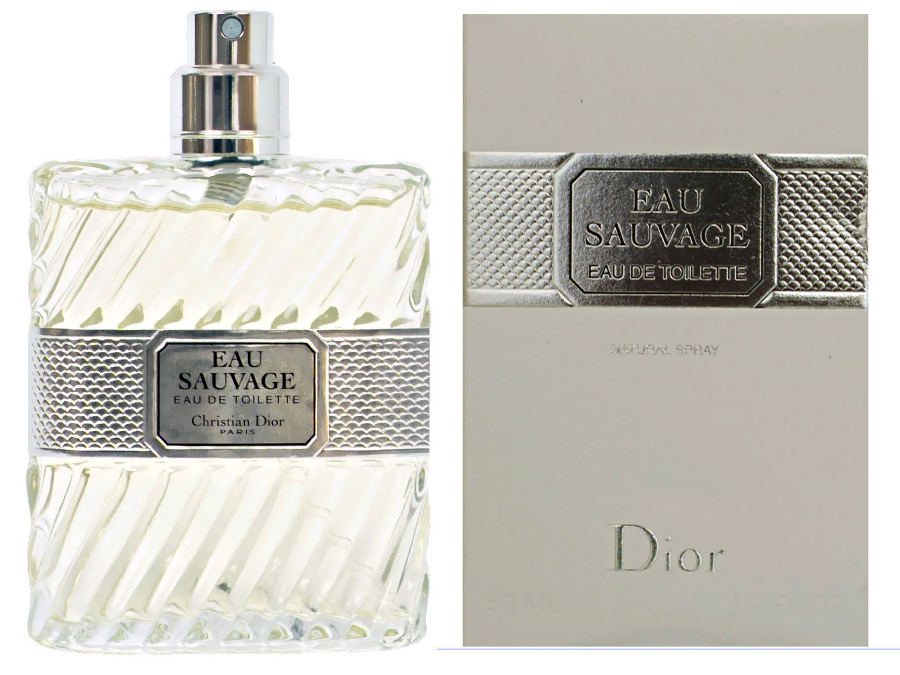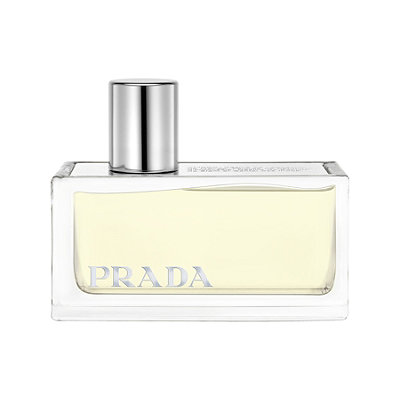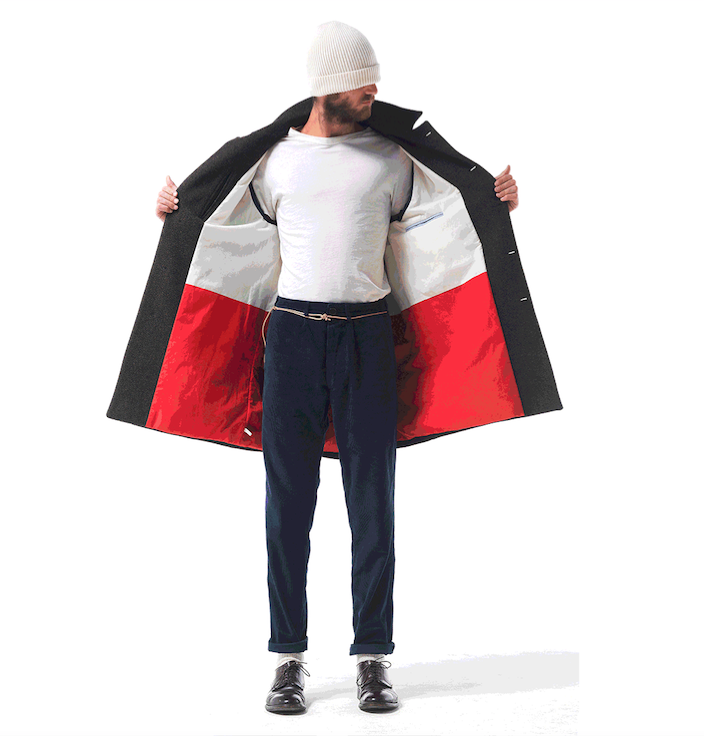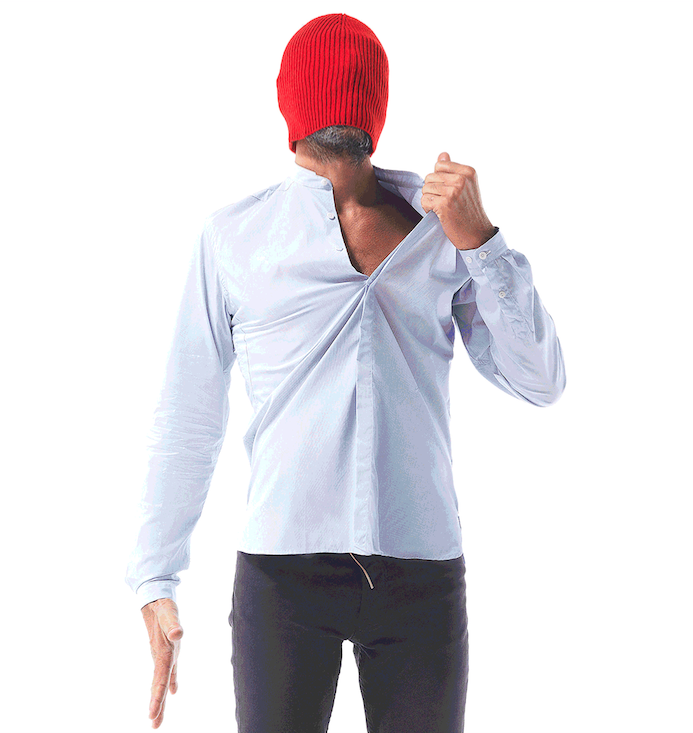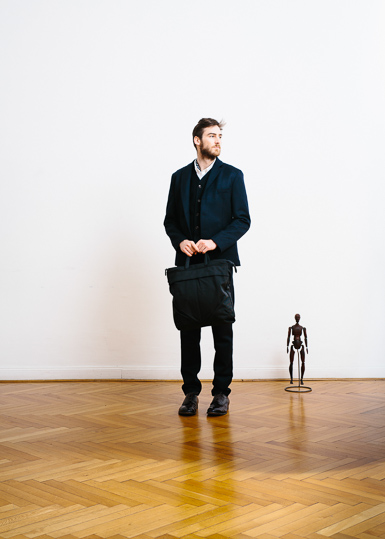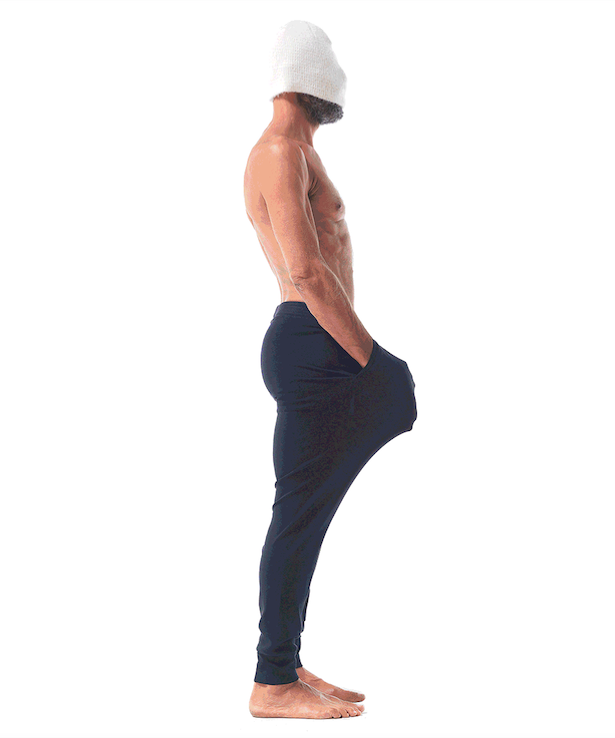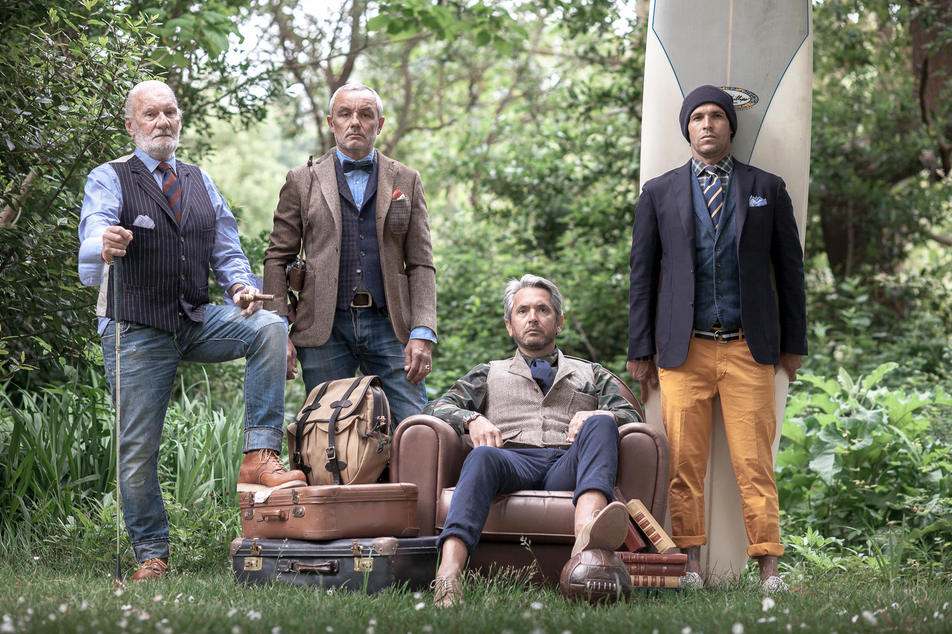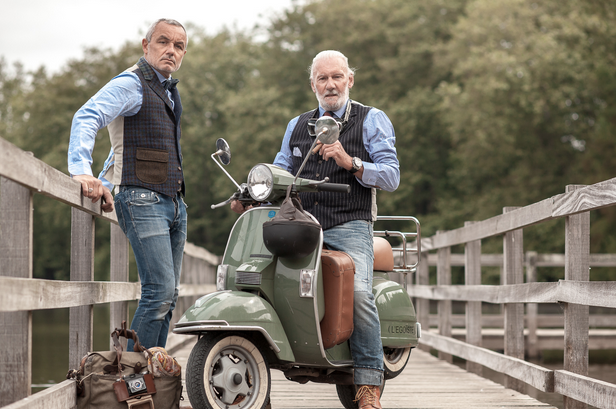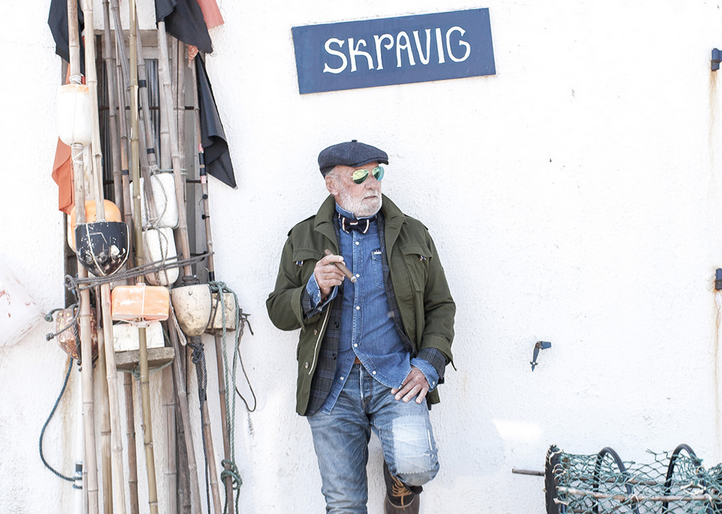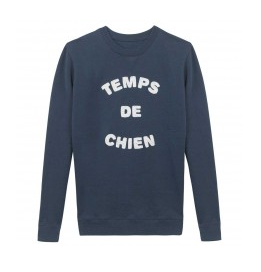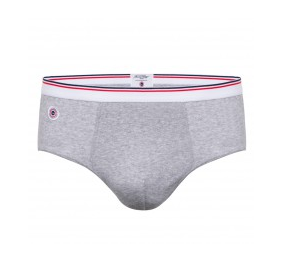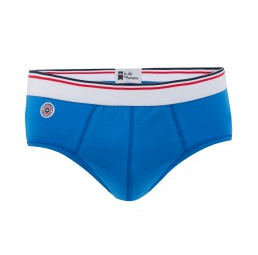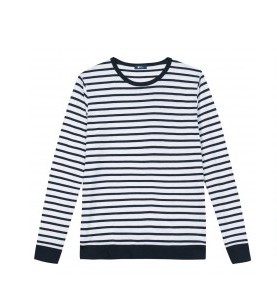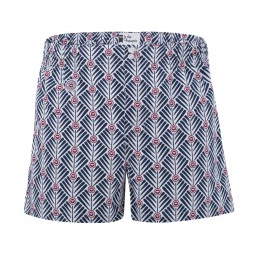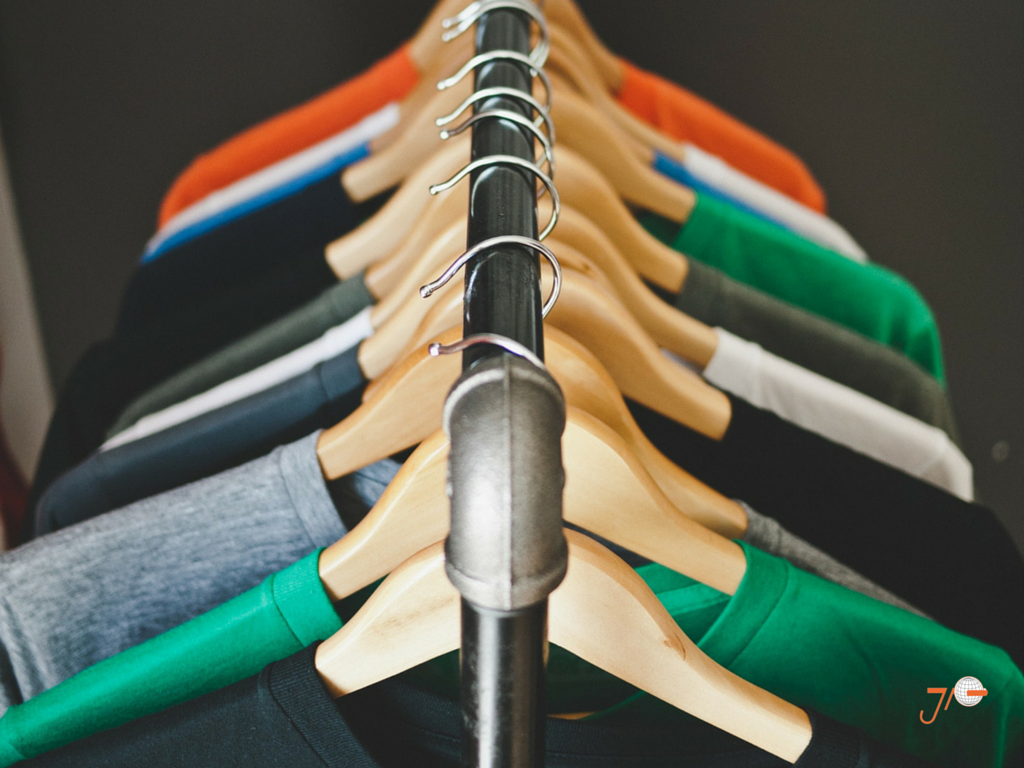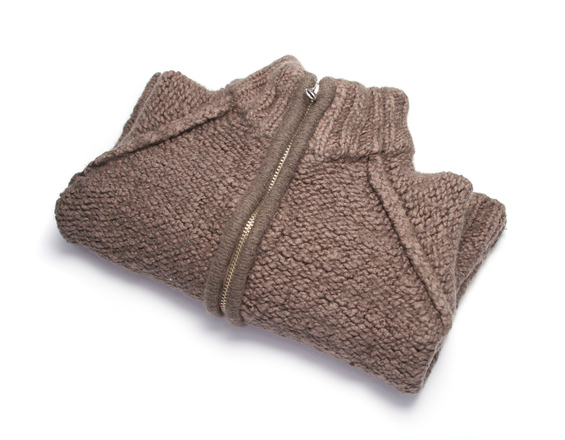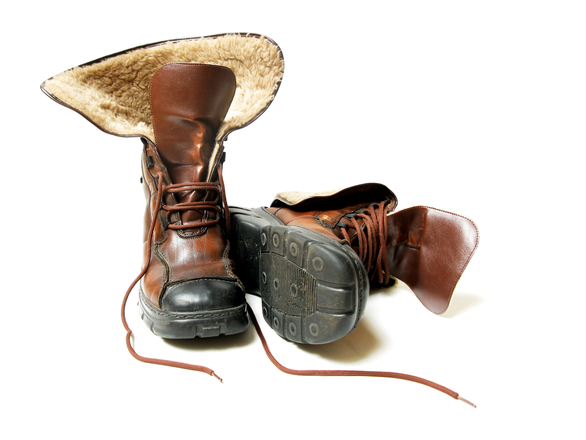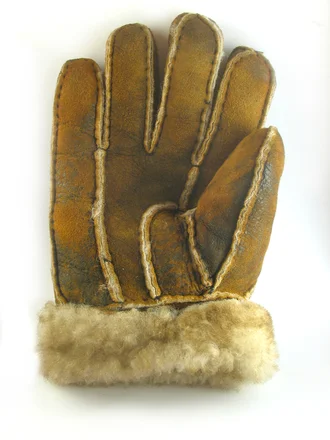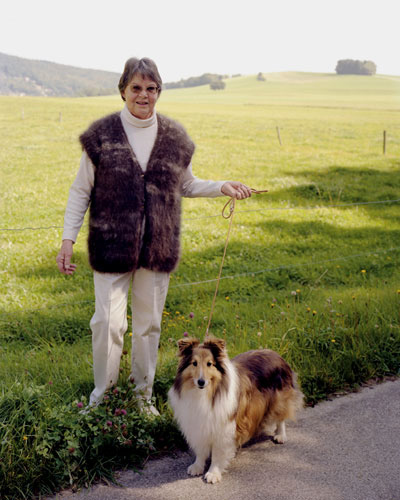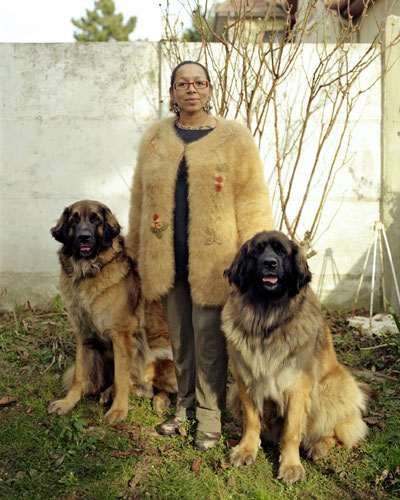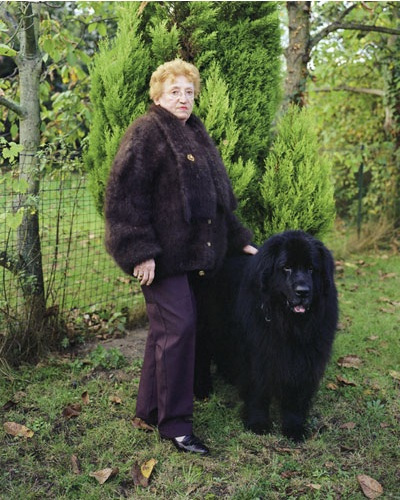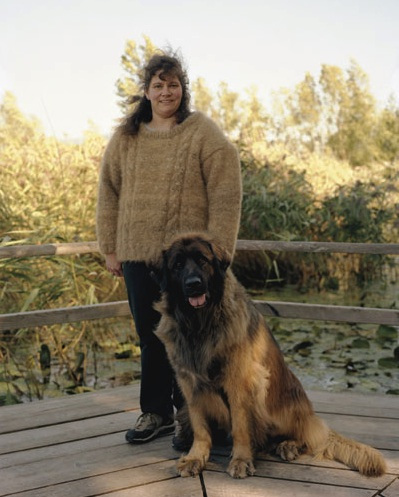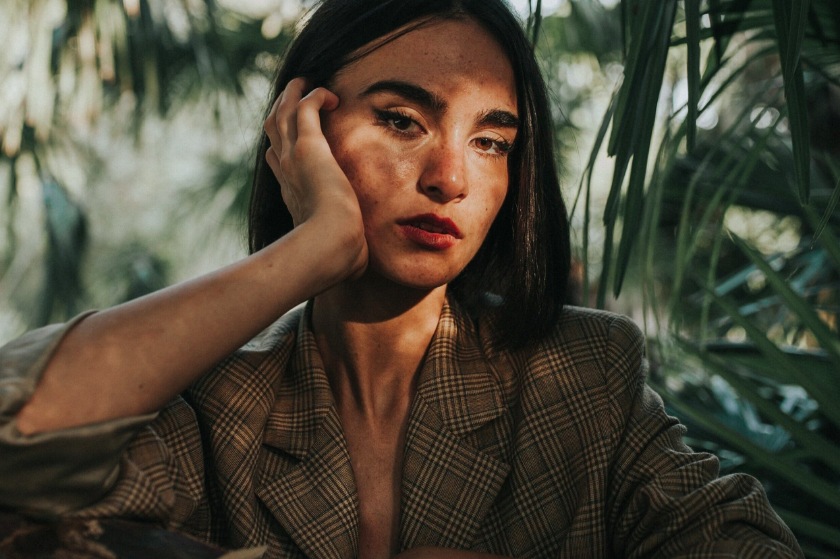
The Ban on Destroying Unsold Goods
The French government has decided that enough is enough when it comes to destroying unsold goods.
The French government has been making steps to become more eco-friendly, and it’s most recent proposal to cut waste is set to affect online retailers such as Amazon and large luxury brands.
The destruction of non-food items, such as clothing, household appliances, beauty and hygiene products will end in France within the next 5 years as part of an anti-waste bill which will be presented to the Council of Ministers in July and aims to instead ensure these products are given away or recycled by the end of 2023.
Today more than $600 million of new and unsold non-food products are discarded or destroyed each year, according to the government, and the prime minister, Edouard Philippe has stated that "We can avoid (...) this scandalous waste.. (&) our idea is not to constrain or impose, but to support companies (...) to ensure that we move to a new stage in our economy."
The PM's office said special arrangements are anticipated for the luxury sector to avoid allowing brands to use the excuse that they are maintaining the exclusivity and luxury mystique of the brand by destroying unsold goods.
France's junior environment minister Brune Poirson promised a law to tackle waste in January after a documentary was released showing the online retail giant, Amazon destroying products that had been returned by consumers.
We hope you’ve enjoyed learning about France’s new proposed Ban on Destroying Unsold Goods! Do you think this will help France’s economy make a positive impact on the environment? Join the conversation below!
Froggy French Fashion
Kermit is the new black.
There is a long history of pop culture icons endorsing various fashion brands, however it’s not everyday that one may find a puppet at the helm of a high end fashion campaign. French label, Sandro, has done just that with their newfound ambassador: Kermit the Frog.
Photo: Sandro
The collection’s pieces (over 30 in total) includes sweaters, scarves, and bags aimed at women & young children with the signature green hue.
"As a frog who usually works naked, it's not every day I get to be part of a high fashion collection. I really enjoyed going to Paris and working with Evelyne and her team at Sandro, who not only created wonderfully fun fashion, but repeatedly saved me from becoming an appetizer at Cafe Cuisses de Grenouilles," Kermit joked during an interview with The Hollywood Reporter.
Label founder Evelyne Chetrite explained why she turned to the lovable frog for her latest venture.
"I've been a huge fan of Kermit and all of the Muppets for many years," she smiled. "I watched the show as a child on TV and now my children follow them on Instagram. We have different reference points, but we all love their spirit, joy and fun attitude."
Prices range from $72 to $424 and will also be available to buy online.
We hope you’ve enjoyed learning about Froggy French Fashion! What are your thoughts on this newfound collaboration with Kermit and Sandro? Join the conversation below!
Virtual Reality Fashion
With the dawn of “digital supermodels,” sample sizes are going to be even harder to fit into now.
The world-renowned French fashion company Balmain has officially unveiled its “Virtual Army” campaign complete with 3 lifelike digital models, known as Margot, Shudu, and Zhi which will be used to promote the brand’s latest fashion designs.
Photo: Balmain
For starters, Balmain is a French luxury fashion house that was founded by Pierre Balmain in 1946.
It currently operates 16 stores, including the one recently inaugurated in Los Angeles, and plans to open additional outlets over the next 5 years. Balmain was born in 1914 in France. His father owned a drapery business and his mother and sister owned a fashion boutique where he often worked after his father's death in 1921. He attended the École des Beaux-Arts in 1933-1934 with intent to study architecture but instead ended up spending the majority of his time designing dresses. After working for atelier Robert Piquet as a freelance artist and spending time with Edward Molyneux, he left school to work for him. He released his first collection in 1945 and his first fragrance, Jolie Madame, in 1949. Pierre Balmain was known as "a king of French fashion" and outfitted stars including Ava Gardner and Brigitte Bardot, the Nicaraguan first lady Hope Portocarrero, and Queen Sirikit of Thailand.
Shudu, is known as the “world’s first digital supermodel” and boasts almost 140,000 followers on Instagram.
“Anyone and everyone is always welcome to join Balmain army’s growing ranks – they need only share our bold spirit of adventure as our new virtual icons, Margot, Shudu and Zhi who mirror the beauty, the rock style and the confident power” reads Balmain’s official campaign statement. This is all made possibly by a collaboration with CLO Virtual Fashion, whose 3D designers input data from each item of clothing into a program and tailored the dresses to each model’s measurements.
As amazing as this technology may be, it has come up against some scrutiny online. On Instagram comments such as “Never going to be as good as real people with real souls behind the eyes. Not a fan,” & “No disrespect to the art of animation but this is just not right,” are amongst a slew of consumers who just may not be ready for the future of VR in the world of fashion.
We hope you’ve enjoyed how Balmain is bring Virtual Reality Fashion to life! What is your view on these new digital supermodels? Are they truly the future of the fashion world? Join the conversation below!
4 French Fashion Brands You Must Know
There’s more to la mode française than Hermès and Louis Vuitton.
The French have been responsible for some of the most famous fashion brands in the world including: Hermès, Louis Vuitton, Pigalle, and Chanel to name a few. In the world of flashy high fashion, it is easy to miss some of the hidden gems of what France has to offer, so we’ve put together a list of 4 brands you shouldn’t sleep on this year.
The Kooples:
The Kooples is well known as the goalpost for casual French fashion. They incorporate everything from slouchy tees, to wrap dresses, to lace-up platform boots. Their website even gives you specific notes on how to pair your ensemble perfectly for the ultimate French look (as well as a fair amount of je ne sais quoi).
Sézane:
This small French powerhouse launched their store in the NOLITA neighborhood of New York City only one ago, and have been making waves since they opened shop. Founder, Morgane Sezalory began selling her sister’s vintage clothing in 2004 off Ebay and with a little luck, and a keen sense of what the market craves, the brand has grown into the online shopping megastore it is now.
Musier Paris:
Founded by fashion darling AnneLaure Mais, this collection contains the best in French style incorporating gingham jumpsuits, off-the-shoulder dresses, beaded mini bags, and straw kitten heels. It’s fairly new still with only 2 seasons under their fashionable belt, it would be a good idea to start stocking up before the rest of the fashion hungry world catches the drift.
Veja:
Veja is taking the footwear world slowly but surely by using ecological and fair trade conditions and by crafting their shoes with cooperatives of small producers and social associations in Brazil and France. Ethics are valued highly at Veja as they have just released a line of vegan sneakers to conscious consumers.
We hope you’ve enjoyed 4 French Fashion Brands You Must Know! Now that you’ve mastered the French wardrobe, why not master the French language? Our native instructors and culturally immersive group classes are sure to put you on the path to fluency faster than you may have ever thought possible. Click below to learn more!
French Fashion & Waste Elimination
A future ban on throwing away unsold clothing in the name of environmental protection.
Just 2 years ago, France became the first country to pass a law preventing supermarkets from throwing away or destroying unsold food (which can be read about in our article "Closing the French Food Loop"), and now French lawmakers are working to implement the same strategy for clothing. The effort states that by 2019 brands would be banned from throwing away unsold clothing into landfills or through incineration, bust must instead implement them in sustainable ways including recycling or donating to charity shops.
The initiative is encompassed as part of the proposed Circular Economy Roadmap, which includes 50 measures for France to become a more sustainable economy and specifically moves away from a linear “take, make, dispose” model towards a model of restoration and regeneration.
According to the European Clothing Action Plan, last year Europeans consumed nearly 6.5 million tons of clothing and France alone discards 600,000 tons every year with only 25% actually ending up in recycling bins or charity shops.
While the proposal has not yet completely been outlined, it may include potential tax breaks for companies that re-use or recycle clothing, but it is not likely to ever become a law, but rather an incentivized proposal. Francois Souchethas, lead of the Circular Fibres Initiative at the Ellen MacArthur Foundation, stated that “Now is the time for the fashion industry to ensure their products are used more [and that], whether it’s through pressure from legislators or consumers, a lot of signals say the time is right for the industry to rethink their business model.”
While this incentive may prove to be positive for a large number of French fashion companies, some may find it tougher to implement the new measures. Last year, H&M was accused of burning 12 tons of unsold clothing per year and Louis Vuitton has long been rumored to burn all unsold bags instead of discounted items in outlet stores. While the new circular economy incentive only addresses textiles, lawmakers hope that luxury brands will consider alternative recycling methods, rather than donating unsold clothing, to avoid brand dilution.
Care to check out a few brands that are already ahead of the game? Check out our article, "FROM HEAD TO TOE: A LOOK AT 2 SUSTAINABLE FRENCH FASHION COMPANIES!"
We hope you've enjoyed learning about French Fashion & Waste Elimination! What are your thoughts on this effort by French lawmakers as a way to create a more "circular economy?" Join the conversation below!
Fashion's Homage to Revolution
Gucci has created an homage to the famed May 1968 Riots in its Fall 2018 Campaign.
Gucci creative director Alessandro Michele will pay homage to France by showing his next spring/summer collection in Paris, instead of its usual home in Milan.
The Italian fashion house announced that the September show will be the final in a three-part tribute to France, starting with an advertising campaign re-creating the 1968 student protests in Paris which are being mirrored somewhat by workers in France today.
The Paris student protests of May 1968 are an iconic symbol of the power of the youth counterculture in Paris in the 60s. Artists’ posters and radical graffiti were plastered over the city’s walls, and slogans such as ‘the future will only contain what we put into it now’, ‘boredom is counterevolutionary’ & ‘beneath the paving stones, the beach’ were used as rallying cries by the protesters.
The origin of the civil unrest began in crowded and poorly funded universities with a resentment of Western capitalist ideas and a dissatisfaction with the education system. To add fuel to the fire, workers across France joined the students on the streets adding low wages and oppressive employment methods to the list of woes which resulted in a strike comprising 10 million workers that brought France to a standstill.
Violent clashes ensued between police and protesters. Images of injured protesters and destruction of property quickly spread across the Western world. Although order was eventually restored, French President De Gaulle never recovered from the impact of the events that occurred and was voted out of office in the following year.
Gucci has published the first two spoilers for this campaign on their Instagram and you can see the complete short film in its entirety below.
We hope you've enjoyed learning about Fashion's Homage to Revolution! What do you think of this latest marketing campaign by Gucci? Join the conversation below!
Cutting Louis Vuitton Lead Times
The French brand steps up its manufacturing after decades of deindustrialization.
One of the largest luxury French fashion brands, Louis Vuitton, is planning to expand its leather goods and handbag production with new workshops being built over the next 2 years.
Originally known for its travel bags, the luxury brand will hire 500 people for 2 sites in western France, bringing its staff of leather goods specialists to nearly 4,000 as it looks to meet growing demand with possibly a 3rd over the next few years according to industrial director Emmanuel Mathieu. Currently, Vuitton has several plants internationally including 2 in California and 1 in development in Texas. They have 4 workshops in the Spanish region of Catalonia and production facilities in Portugal and Romania that produce smaller components for the bags including luggage handles.
Vuitton makes the majority of these items in its home market to keep pace with rival brand, Hermes, also due to open several new workshops by 2020. The goal for Vuitton is to have 16 French leather workshops by early 2019 to follow up with its last opening in 2017 to keep up with the burst of renewed job creation recently in the manufacturing sector , after almost nearly 20 years of rapid de-industrialisation.
Louis Vuitton, which owns all of its own stores, is also looking to cut lead times to help it react to sales trends with the aim to deliver handbags within a week of internal orders as opposed to the current lead time of 2 weeks. Designs including Vuitton's Twist bags or the mini Palm Springs backpacks are assembled by hand at the site by some 250 workers trained on specialist stitching machines.
While LVMH (the parent company of Louis Vuitton) will not disclose earnings for its brands, analysts estimate Vuitton's sales reached at minimum 8 billion euros over the last year.
We hope you've enjoyed learning about the expansion of one of the largest luxury bag manufacturers in Cutting Louis Vuitton Lead Times! Do you own any items by Louis Vuitton? Tell us your favorite pieces in the comments section below!
From Head to Toe: A Look At 2 Sustainable French Fashion Companies
France has led the world in fashion before, and it will do so again. This time, sustainably.
As the sustainable fashion industry continues to grow across the world (remember our article FORWARD THINKING SPANISH JEWELRY: CHUS X CHUS?) there are 2 booming French clothing labels taking the industry by storm.
First up is Soeur, established by 2 sisters (how appropriate right?). With several shops in Paris and a following that is growing by the day, Soeur's goal is to create androgenous, affordable clothing that is sourced sustainably.
The sisters, Domitille and Angelique Brion (one a stylist with Bonpoint, the French childrenswear brand and the other has a diploma in children and adolescent psychology), source their materials from India, Mauritius, Madagascar and eastern Europe and offer alluring white shirts, great Indian printed dresses and even a turf-coloured linen jacket called Dublin.
Click below to shop the entire line!
Next up is the booming French vegan shoe line, Veja.
Initially established in 2004 by Sébastien Kopp and François-Ghislain Morillion, the brand has taken the slow and steady approach to make sure their brand was able to grow while keeping their ethics at the forefront of development. The cotton comes from an organic farm in Brazil, where workers don’t have to worry about harmful pesticides poisoning their villages and the rubber is tapped by residents in the Amazon. According to FastCompany "Even the way the shoes are boxed, warehoused, and shipped is unconventional: Veja partners with Atelier Sans Frontières, an organization that helps people who have been incarcerated or are otherwise struggling to find work, to employ workers to prepare orders."
Click below to shop the entire line!
We hope you've enjoyed learning about 2 of France's biggest sustainable fashion contenders in From Head to Toe: A Look At 2 Sustainable French Fashion Companies! What type of clothing / accessories do you crave to see made in a sustainable manner that hasn't been tapped in the market yet? Comment below!
Azzedine Alaia: The Couturier
The late French-Tunisian “King of Cling" is being honored by London's Design Museum with a major exhibition.
French-Tunisian fashion designer, Azzedine Alaia has been honored by London's Design Museum with a major exhibition following his death on November 18th at the age of 77.
"Azzedine Alaia: The Couturier" will run from May 10th to October 7th, showcasing more than sixty pieces personally selected by Alaia himself. The museum stated that "Azzedine Alaia was recognized throughout his life as a master couturier who expressed the timeless beauty of the female form in the most refined degree of haute couture,” and will now present this unique exhibition planned originally by Alaia, exploring his passion and energy for fashion.
Alaia was born to a farming family in Tunisia in 1940 and studied sculpture at the fine arts school in Tunis before working at a neighborhood dressmaker's shop. He rose to fame in the 1980's when interior designer, Andree Putman, was walking down Madison Avenue with one of the first Alaïa leather coats and was stopped by a Bergdorf Goodman buyer who asked her what she was wearing. This interaction eventually led to his designs being sold in New York City and in Beverly Hills. By refusing to follow the path of traditional designers and neglecting traditional international fashion weeks, he instead began releasing his collections in his own time with very little concern for publicity.
As Catherine Lardeur stated in an interview to Crowd Magazine, Alaïa remains the king. He only holds fashion shows when he has something to show, on his own time frame. As a result, he became known as "The King of Cling" for his form-fitting gowns with some of his famous clients including Michelle Obama, Lady Gaga, Madonna, and Rihanna.
We hope you've enjoyed learning about "Azzedine Alaia: The Couturier!"
Planning to dive further into the world for French fashion and culture? Be sure to check out our highly rated, fully immersive group and private classes with our native instructors!
4 Popular French Fragrances and their Origins
Learn about the roots of these four French showers perfumes!
It may seem like common "scents," but many people are not aware of the origins of these 4 popular French fragrances: Chanel No. 5, Sauvage by Dior, Prada Eau de Perfume and Parisienne. Whether you have heard of them, know a friend or family member who wears one, or if you are guilty of wearing one yourself; these perfumes are simply classics, and originated in the backyard of the French countryside.
Nestled into the hills along the French Riviera lies Grasse, France--the perfume capital of the world. Due to the town’s micro-climate and geography, flower farming has been a great success for centuries, producing lavender and other flowers known for their wonderful scents. This naturally led to the eventual success of the perfuming industry after the discovery of organic synthesis (the process of turning scents into fragrances) in the 18th century. Les Nez, or "noses," from all around the world have curbed their senses in Grasse to distinguish between over 2,000 kinds of scents, or simply to tour the perfumeries for a "scents" of the town’s history.
To this day, Grasse produces over 2/3 of all of France’s natural aromas. The majority of French fragrances found their origins in Grasse, including the notorious Chanel No. 5, and other perfumes listed below:
Chanel No. 5
All hail the Chanel gods— Chanel No. 5 is considered the classic fragrance for women. From references of the perfume in pop culture, and the iconic Marilyn Monroe being notorious for flaunting it, a girl can’t go wrong wearing this on a night around town. The now and forever fragrance. The ultimate in femininity. An elegant, luxurious spray closest in strength and character to the parfum form.
This fragrance can be purchased here!
Sauvage – Dior
Dior is another brand known for its timeless scents that transcend each generations. Dior fragrances have been produced in Grasse since the perfume's conception. This particular model, Sauvage, is a radically fresh composition that is raw and noble all at once. Natural ingredients prevail as radiant top notes burst with the juicy freshness of Reggio di Calabria bergamot.
This fragrance can be purchase here!
Prada Eau de Parfum
This oriental amber scent begins with citrus notes of bergamot, orange, bitter orange, mandarin flower, and mimosa. Mid notes of rose, schinus molle, peru balsam, patchouli, and raspberry give way to reveal rich base notes of sandalwood, labdanum, tonka bean, vanilla, amber and musk.
This fragrance can be purchased here!
Parisienne
Inspired by the Parisian female persona, this fragrance is the latest hit fragrance by Yves Sant Laurent. Although the woman it appeals to isn’t native to Paris, she still calls it home. Parisienne is the fragrance of ultra-femininity and sensuality, built with notes of blackberry, damask rose, and sandalwood. The grand floral with a woody structure is luminous even in its mystery.
This fragrance can be purchased here!
I hope you enjoyed these 4 Popular French Fragrances and Their Origins. If you are looking to learn more French language and culture, make sure to sign up for our new Online Classes at JP Linguistics! Don't forget to tell your friends about Frenchie Fridays so they can receive fun French stories delivered directly to their inboxes - they can sign up HERE. Merci et à bientôt!
Photo credit by Patrick Blaise - Pixabay, Wikipedia and Terrance Sterling
3 French Menswear Brands You Should Know
Check out these 3 brands that are innovating French men’s fashion while keeping traditions alive.
While there are many fabulous menswear collections in the spotlight right now, there are 3 brands - French brands to be more precise - that we thought might spark your interest. As trends come and go, these 3 brands maintain their focus on staying true to the traditions of France while consciously producing their collections locally and environmentally-friendly. We hope you enjoy!
HOMECORE
Founded by Alexandre Guarnera in 1992, HOMECORE is a brand that quite literally represents the core of what home feels like to every individual.
"What we call HOME is more than a place, it's something you have in you, a kind of energy which is inside of all of us - CORES is the center of it - you can see it as you feel. My view is that HOMECORE is the energy that makes us what we are at the very moment when we decide by ourselves what we stand for." -Alexandre Guarnera (from 'Brand Focus' Q&A on selectism.com)
The brand started as one of the first Hip Hop clothing brands in France, but has since matured to offer casual after-work wear for men. A big focus for the brand is on reducing overconsumption. Their garments are carefully designed in France to be reworn season after season and they utilizing local fabrics and accessories wherever possible. Check out a few images from their lookbook below and see their new arrivals at www.homecore.com.
(All images credits: www.homecore.com)
L’EGOÏSTE
Hailing from Biarritz, France this menswear brand focuses on enjoying the ocean while dressing in heritage style - blended with a French eclectic flair. As shown in the images below the vests, for example, feature asymmetrical pockets sewn in different colors and fabrics. Little oddities used on classic items such as vests and tailored blazers really bring this brand its French flair. This also brings them to the forefront of fashion for mature men who want to look great while enjoying quality outdoor living. Check out the images below from their online lookbook and see updates to their collection via their website, www.legoiste.fr.
(All images credits: www.legoiste.fr)
LE SLIP FRANÇAIS
Proudly, this brand produces 100% in France - including all aspects from design, patters, fabric, and manufacturing. The owner, Guillaume Gibault, had a dream to manufacture quality underwear in France and, since 2011, the company has expanded the collection to including shirts, socks, accessories and even a women's department. The quality is top notch and even better is the spirit behind the brand, which is quite hilarious. Ever wondered what makes a quality slip? Check out this funny VIDEO they made to explain it. See some samples of their garments below and check out their website for their latest product updates - www.leslipfrancais.fr.
(All images credits: www.leslipfrancais.fr)
We hope you enjoyed 3 French Menswear Brands You Should Know. If you are looking to learn more French language and culture, make sure to sign up for our new Online Classes at JP Linguistics! Don't forget to tell your friends to sign up for our newsletter to receive fun French stories delivered directly to their inboxes - they can sign up HERE. Merci et à bientôt!
French Vocabulary for Winter Clothing
Test your French vocabulary skills by seeing which winter clothing items you can name.
Winter in the Big Apple is always filled with new fashions - big jackets, scarves, gloves and cozy hats. So we wanted to test your knowledge on some French vocabulary for winter clothing. As you walk down the streets 'people watching,' see how many of the items you can answer correctly in the quiz below. Click 'Traduire' for the correct translations below. Ready, set, burrrrr....
Take our quiz and let's see how many of the vocabulary terms you can answer correctly below.
We hope you enjoyed French Vocabulary for Winter Clothing! If you are looking to learn more French vocabulary, don't forget to check out our Private French Lessons and French Group Classes in NYC! These classes are great for all levels and, best of all, they are taught by native instructors born and raised in France! Bonne Journée!
A Unique Spin on French Fashion for Dog Owners
Dog clothes made from your dog’s favorite fabric: their own fur!
With New York being one of the fashion capitals of the world, I thought I would shed some light, quite literally, on a France-based textile company that is putting a very Unique Spin on French Fashion for Dog Owners. As strange as this may sound, the company collects old dog fur and weaves it into yarn so that dog owners can knit their own sweaters using it. We must admit, our heads turned after finding news of this company, but it wasn't until we saw images from French photographer, Erwan Fichou, that the concept made slightly more sense. For all you fashionistas out there, this is one fashion trend you don't see everyday! Keep scrolling to see a collection of images called DogWool by Erwan Fichou. Whouff! Whouff!
For more information about 'Dogwool,' the French company making these yarns, visit their website. Would you ever wear your dog's fur? Post your response down below and share this with your friends. Looking to learn French? Visit JP Linguistics for the latest Group Classes, Private Lessons, and Cultural Events.





